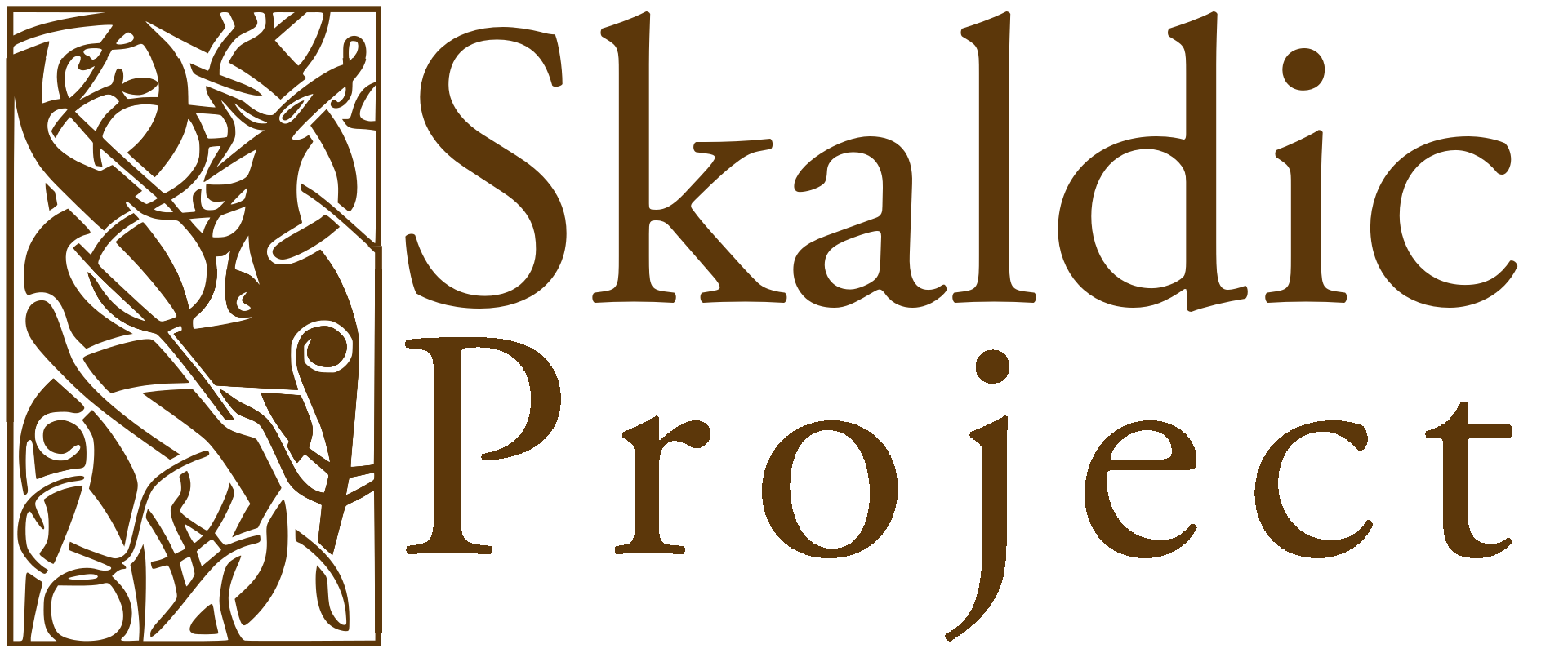Note to TorfE Lv 4I
[5, 8] verpið grjóti ‘throw stones’: The exact application of these words is uncertain and perhaps deliberately ambiguous. (a) Stones, rocks and gravel were frequently used for mound burials, cf. kasta haug ‘erect a burial mound’ referring to Hálfdan’s mound in the prose of Orkn (ÍF 34, 15). (b) They might also be used for a rudimentary temporary or dishonorable interment of human beings, designed chiefly to keep animals off the corpse, or for the burial of livestock (cf. Olsen 1942b, 40-1; Genzmer 1943, 516-17). (c) Stoning might be used to put somebody to death, as in Hamð 25, but this is unlikely and it is not how the prose compilers understood the stanza (cf. von See 1960, 38).
References
- Bibliography
- ÍF 34 = Orkneyinga saga. Ed. Finnbogi Guðmundsson. 1965.
- Olsen, Magnus. 1942b. ‘Hild Rolvsdatters vise om Gange-Rolv og Harald Hårfagre’. MM, 1-70.
- Genzmer, Felix. 1943. ‘Sage und Wirklichkeit in der Geschichte von den ersten Orkadenjarlen’. Historische Zeitschrift 168, 509-40.
- See, Klaus von. 1960. ‘Der Skald Torf-Einar’. BGDSL 82, 31-43. Rpt. in von See 1981, 367-79.
- Internal references
- (forthcoming), ‘ Unattributed, Orkneyinga saga’ in Kari Ellen Gade (ed.), Poetry from the Kings’ Sagas 2: From c. 1035 to c. 1300. Skaldic Poetry of the Scandinavian Middle Ages 2. Turnhout: Brepols, p. . <https://skaldic.org/m.php?p=text&i=47> (accessed 6 April 2025)
- Not published: do not cite ()
